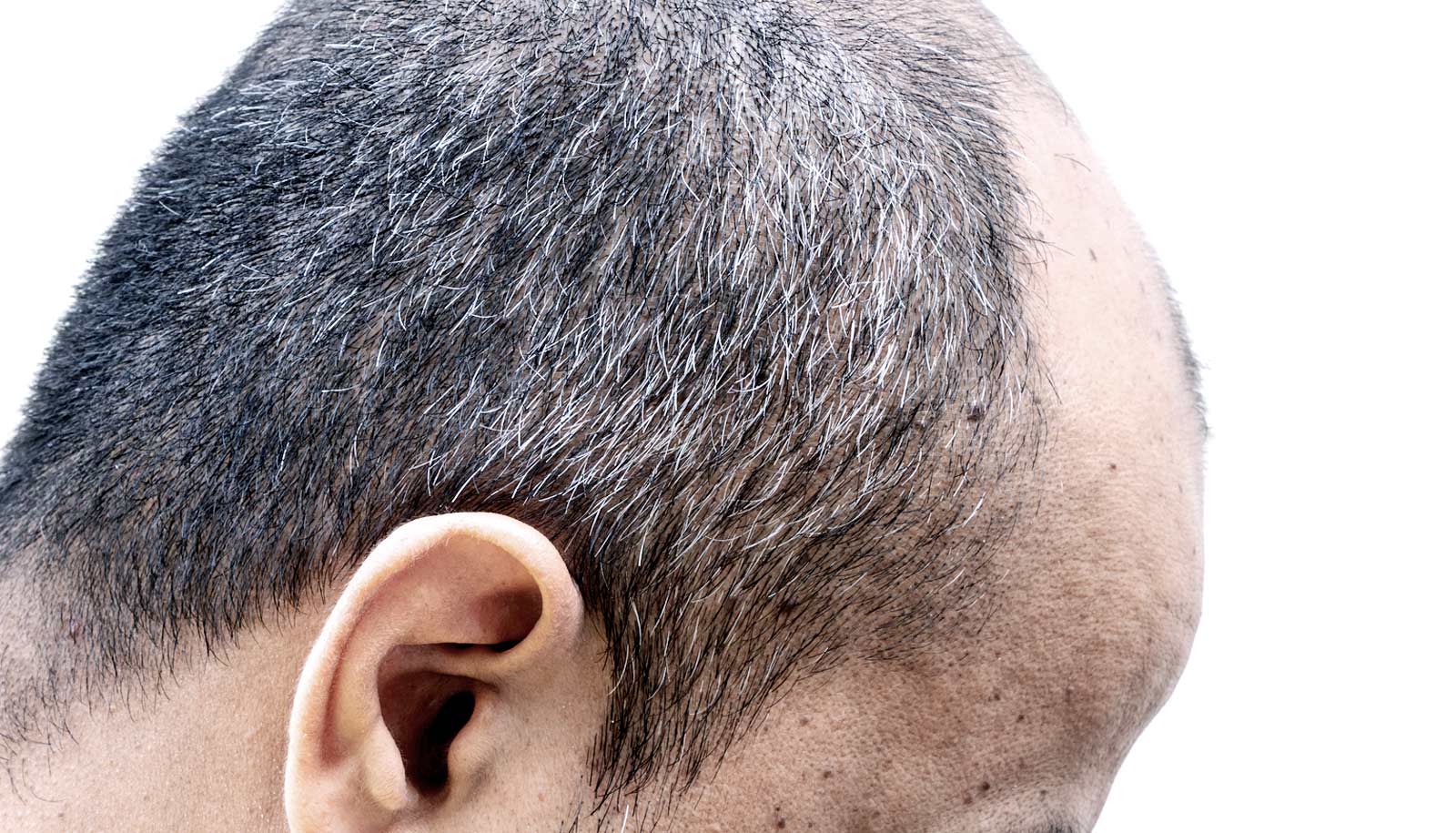New research identifies two differences in the brains of blind people that might be responsible for their abilities to make better use of auditory information.
Studies have shown that people who are born blind or become blind early in life often have a more nuanced sense of hearing, especially when it comes to musical abilities and tracking moving objects in space (imagine crossing a busy road using sound alone).
Scientists have wondered for decades what changes in the brain might underlie these enhanced auditory abilities.
“There’s this idea that blind people are good at auditory tasks, because they have to make their way in the world without visual information,” says Ione Fine, a professor of psychology at the University of Washington and senior author of both studies. “We wanted to explore how this happens in the brain.”
‘Tuning’ in
Instead of simply looking to see which parts of the brain were most active while listening, both studies examined the sensitivity of the brain to subtle differences in auditory frequency.
“We weren’t measuring how rapidly neurons fire, but rather how accurately populations of neurons represent information about sound,” says Kelly Chang, a graduate student in the psychology department and lead author of one of two papers, which appears in the Journal of Neuroscience.
That study found that in the auditory cortex, blind individuals showed narrower neural “tuning” than sighted subjects in discerning small differences in sound frequency.
“This is the first study to show that blindness results in plasticity in the auditory cortex. This is important because this is an area of the brain that receives very similar auditory information in blind and sighted individuals,” Fine says. “But in blind individuals, more information needs to be extracted from sound—and this region seems to develop enhanced capacities as a result.
“This provides an elegant example of how the development of abilities within infant brains is influenced by the environment they grow up in.”
‘Early blind’ people
The second study, which appears in the Proceedings of the National Academy of Sciences, examines how the brains of people who are born blind or become blind early in life—referred to as “early blind” individuals—represent moving objects in space. The research team showed that an area of the brain called the hMT+—which in sighted individuals is responsible for tracking moving visual objects—shows neural responses that reflect both the motion and the frequency of auditory signals in blind individuals.
“You see with your eyes, I see with my ears.”
This suggests that in blind people, area hMT+ plays an analogous role—tracking moving auditory objects, such as cars, or the footsteps of the people around them, researchers say.
For the Journal of Neuroscience paper, researchers measured neural responses in study participants while they listened to a sequence of Morse code-like tones that differed in frequency while the fMRI machine recorded brain activity. In the blind participants, the auditory cortex more accurately represented the frequency of each sound, researchers say.
“Our study shows that the brains of blind individuals are better able to represent frequencies,” Chang says. “For a sighted person, having an accurate representation of sound isn’t as important because they have sight to help them recognize objects, while blind individuals only have auditory information.
“This gives us an idea of what changes in the brain explain why blind people are better at picking out and identifying sounds in the environment.”
Moving sounds
For the PNAS paper, researchers examined how the brain’s “recruitment” of the hMT+ region might help blind people track the motion of objects using sound.
Participants once again listened to tones that differed in auditory frequency, but this time the tones sounded like they were moving. As earlier studies have found, in blind individuals the neural responses in area hMT+ contained information about the direction of motion of the sounds, whereas in the sighted participants these sounds did not produce significant neural activity.
By using sounds that varied in frequency, the researchers could show that in blind individuals, the hMT+ region was selective for the frequency as well as the motion of sounds, supporting the idea that this region might help blind individuals track moving objects in space.
“These results suggest that early blindness results in visual areas being recruited to solve auditory tasks in a relatively sophisticated way,” Fine says.
Restored sight
This study also included two sight-recovery subjects—individuals who had been blind from infancy until adulthood, when surgery restored their sight. In these individuals, area hMT+ seemed to serve a dual purpose, capable of processing both auditory and visual motion.
The inclusion of people who used to be visually impaired lends additional evidence to the idea that this plasticity in the brain happens early in development, Fine says, because the results show that their brains made the shift to auditory processing as a result of their early-life blindness, yet maintains these abilities even after sight was restored in adulthood.
This research extends current knowledge about how the brain develops because the team was not only looking at which regions of the brain change as a result of blindness, but also examining precisely what sort of changes—specifically, sensitivity to frequency—might explain how early blind people make sense of the world, Fine says.
As one of the study participants described it, “You see with your eyes, I see with my ears.”
Additional researchers from the University of Oxford contributed to the Journal of Neuroscience study. Additional researchers from the University of Washington and the University of Nevada, Reno, contributed to the PNAS study. The National Eye Institute and the National Institutes of Health funded both papers.
Source: University of Washington



